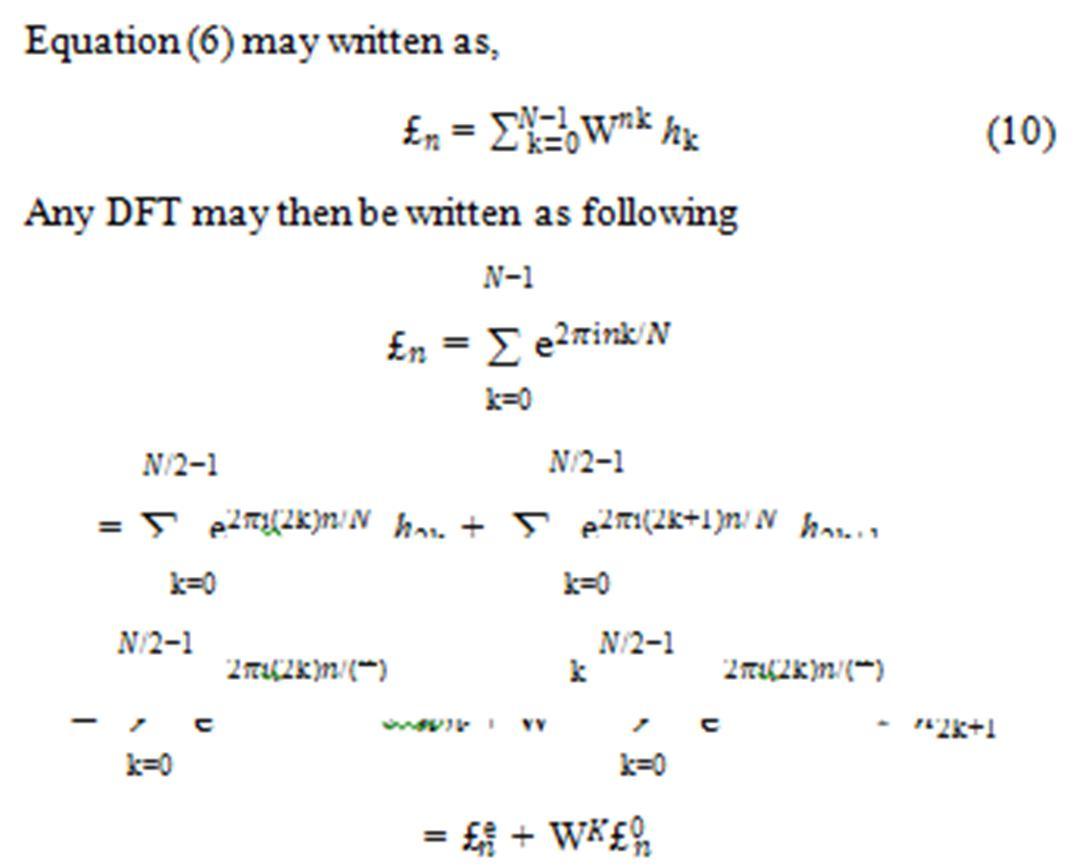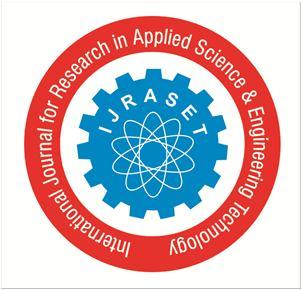
1 minute read
International Journal for Research in Applied Science & Engineering Technology (IJRASET)
from Applications of Fourier series and Fourier Transform in Electrical and Electronics Devices
by IJRASET

ISSN: 2321-9653; IC Value: 45.98; SJ Impact Factor: 7.538
Advertisement
Volume 11 Issue IV Apr 2023- Available at www.ijraset.com
Δ be the same Δ be which defines is k ′ . It is provided an approximation to the Fourier transformation in this range by ei sum as follows:
This equation called Discreet Fourier transformation (DFT)of the function ℎ( ). If it is denote £ as

The Fourier transform, £(ɸ) , may then be approximated using the expression
Comparing equation (6) with the Fourier series given equation (2), it is clear that this is a form of Fourier serieswith non-integer frequency component. Currently, the most common and efficient method of numerically calculating the DFT is using a class of algorithms called “Fast Fourier Transforms (FFTs). The first known discovery of the FFT was by Gauss in 1805; however, the first modern “rediscovery” of the FFT was done in 1942 by Danielson and Lanczos. They were able to show one may divide any DFT into a sum of two DFT’s which each correspond to 1 points. The proof of Danielson and Lanczos’s assertion is the following complex number 2
Here, £e denotes the even terms of the sum (the one corresponding to the index 2 ) and £0 denotes the odd terms (the ones corresponding to the index(2 + 1) The most usefulpart of this formula is that it can be used be independently expand using the same algorithm, each time reducing the number of calculations by a factor of 2. In fact, this class of FFT algorithm shrinks the computation time from ( 2) operations to the much more manageable ( o 2 ) operations.







